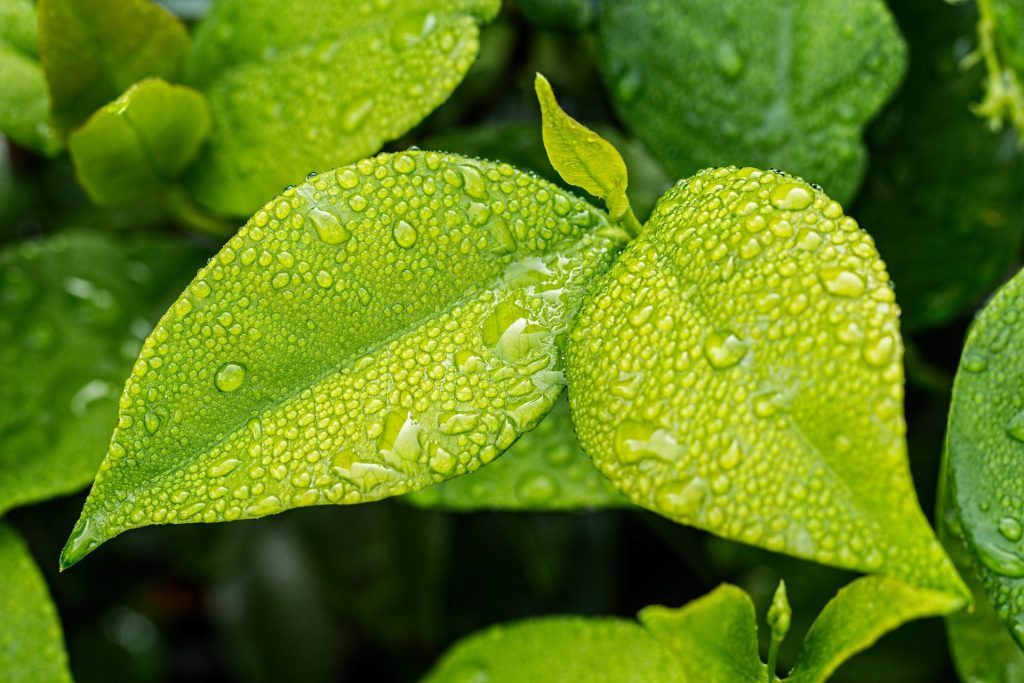Leaves have many benefits. Leaf extracts are a class of their own, offering many benefits such as increased energy and protection against disease. It seems that leaf extractions are a popular choice for people who want to lose weight. You can now find pills and powders containing leaf extracts that promise to burn fat faster and help you shed pounds.
The leaves used to make these supplements are taken from the same plant that provides us with much of the nutritional value we find in other plants. There are many benefits to leaves. While they have many uses and are not particularly earth-shaking, the first benefit is their versatility. They are used as ingredients in juices, teas, and many other products and the list goes on from there.
Many plants fall to the ground in small pieces. Some plants even die from lack of water or oxygen when they rot from the roots up. Leaf extracts are made by removing the small pieces of matter that have fallen from the plant and breaking them up into a powdered form. These are then mixed with water to be used as a topical application. Because of their antiseptic properties, they are used in the manufacture of mouthwashes as well as face washes.

Leaf litter also provides a natural source for fertilizer. This means that when you go out shopping for vegetables, fruits, and meats, you won’t be filling your stomachs with foods that were grown with the assistance of leaf litter. And since they are not such a common plant, you will notice an absence of them when you look at grocery produce. It’s not unusual to see leaf litter on the shelves in large supermarkets. It’s also easy to find and use on a daily basis because it’s readily available.
Another benefit of leaves is that they act like a sponge and soak up carbon dioxide. Carbon dioxide is one of the most important gases to be present in any food production process. This happens because plants take up carbon dioxide and convert it into food. Without carbon dioxide, plants cannot survive. Plants cannot survive if they don’t absorb carbon dioxide.
A third advantage of eating leaves is that they act as a partial shade against heat. All plants need shade to survive. Leaves reflect heat back into the surrounding environment, while some heat is absorbed by them. This reduces the time it takes for plants to seek shelter from sunlight, which in turn increases food production.
When plants are attacked by disease or pests, their leaves change to the color of the problem. Because of the effect of a problem on the photosynthesis process, plants can develop yellow leaves. If a pathogen is present, the photosynthetic process in the leaves can also be disrupted. The photosynthetic process will stop if the pathogen is present.
There are many benefits to having leafy green plants around. To improve our food production, we can use transpiration. We can also benefit from the shade that certain plants provide against heat. We can also increase food production by using certain plants, such as the leafy green ones we eat every day.